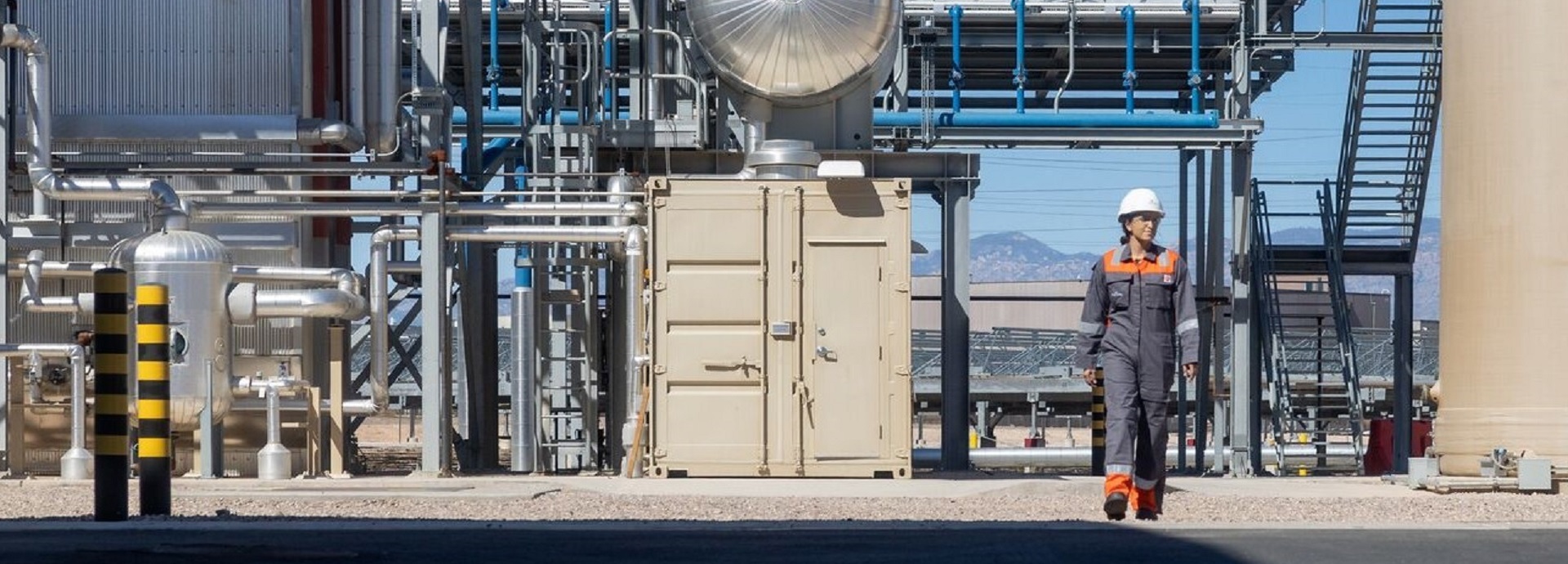

The U.S. energy industry is facing unprecedented challenges and opportunities in the pursuit of a renewable, carbon-neutral future. As decarbonization targets and renewable penetration increase, grid instability and resource adequacy concerns have taken center stage.
Balancing power is critical to facilitating a cost-effective, and reliable energy transition. Electric cooperatives and utilities in the U.S. need highly-flexible balancing capacity to fully integrate renewable resources, while maintaining grid reliability. Wärtsilä has installed 70+ power plants in the United States. Electric cooperatives make up 25% of this installed base.
Historical analysis of U.S. power markets suggests that reciprocating engine power plants can earn 50% more value than traditional heavy-duty gas turbines, and 30% more value than aero-derivative turbines. Much of this additional value comes from sub-hourly needs caused by variability in energy production. This variability often leads to real-time price spikes. Reciprocating engines offer more flexibility to help cooperatives, municipalities, and utilities mitigate price risks for their customers. Subhourly modeling shows that reciprocating engines also perform better in the real-time energy market, which balances supply and demand for electricity every five minutes.
Furthermore, as the energy landscape evolves and more variable energy resources come on-line, these findings highlight the potential for even greater economic advantages with reciprocating engine power plants.
Sustainable fuels – such as green hydrogen, ammonia, methanol, and bio-methane – will soon become staples of the resilient, net-zero energy grid. We’re developing engines that can run on these fuels, so we can create fully balanced, closed-loop energy systems.
However, no entity can tackle the energy transition alone. Collaboration between businesses, legislatures, and regulators is essential to build a sustainable energy landscape. Funding and policies that support renewable energy systems and address the climate challenge need to be put into place.
Fortunately, we are witnessing record-breaking investment in clean energy generation and technologies, with $141 billion deployed in the U.S. alone in 2022. Renewable power-generating capacity increased by 32 GW, and total energy consumption rose by 2.95% year-on-year. This surge in investment, combined with the implementation of supportive policies like the Inflation Reduction Act and the Empowering Rural America (New ERA) program provide incentives and grants to support the transition to a cleaner economy.
At Wärtsilä, we’re committed to building on this trajectory by addressing today’s energy challenges with future-proofed balancing solutions to ensure a brighter, more sustainable, and resilient future for all.
Did you like this? Subscribe to Insights updates!
Once every six weeks, you will get the top picks – the latest and the greatest pieces – from this Insights channel by email.
